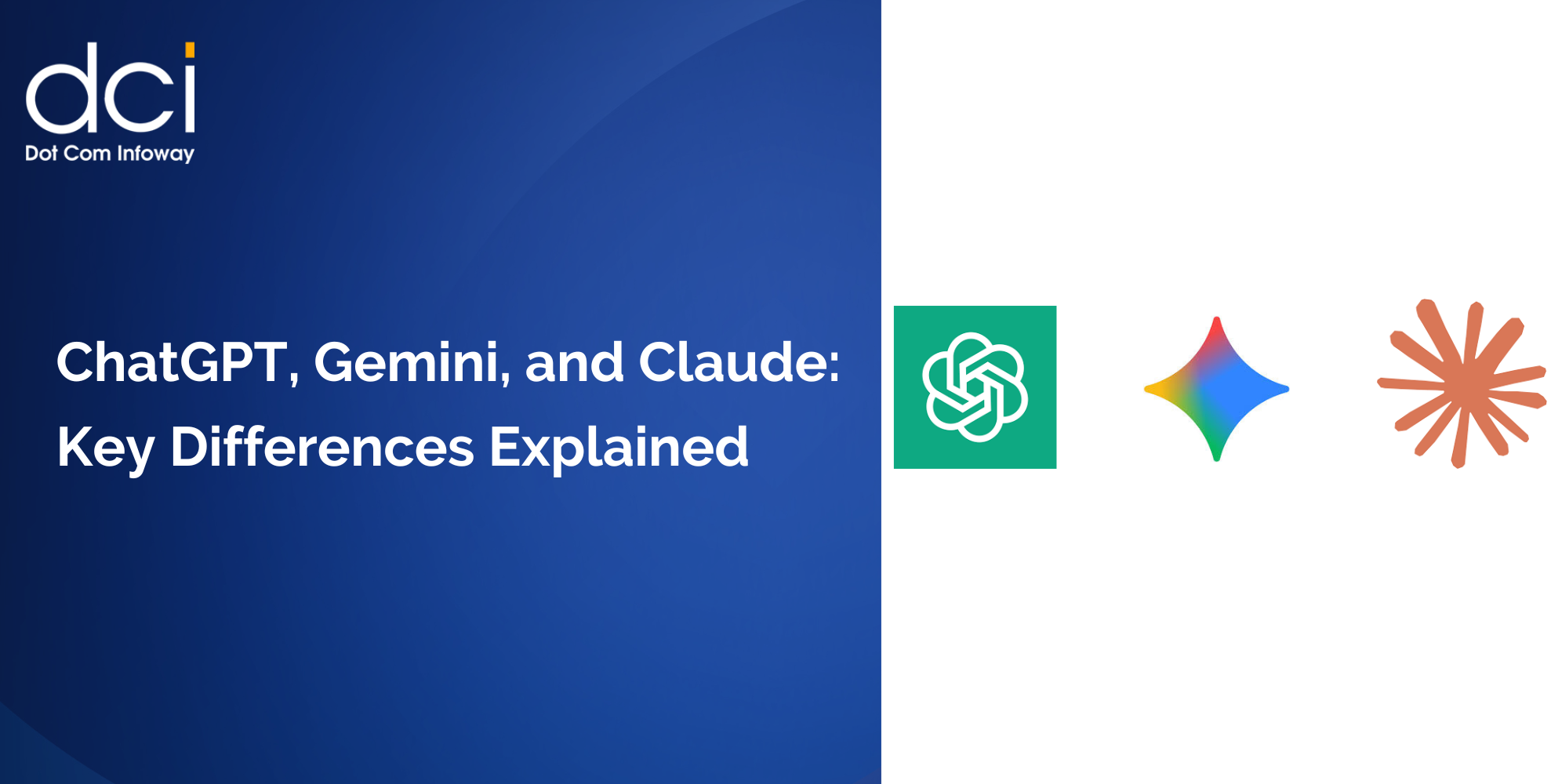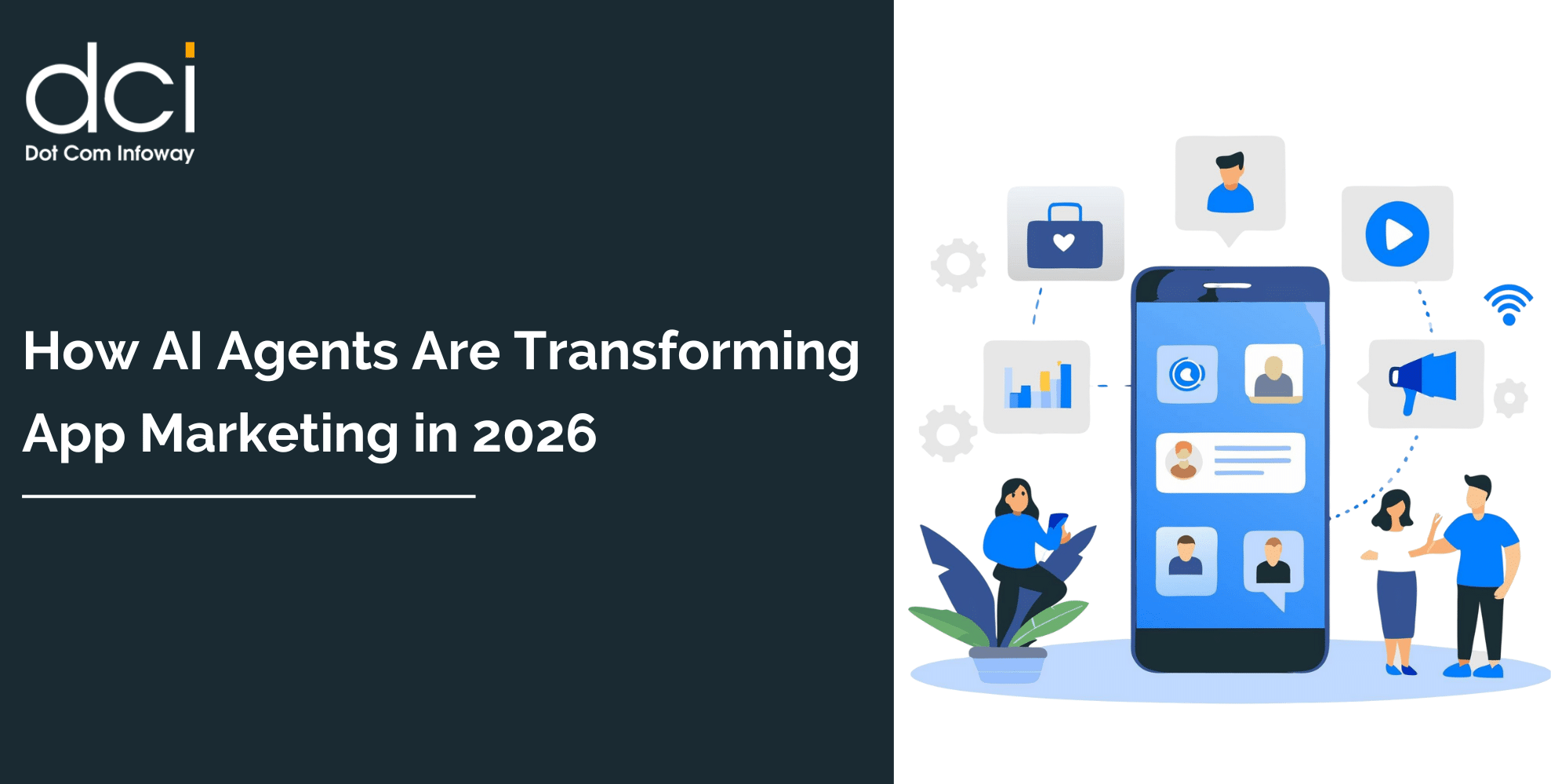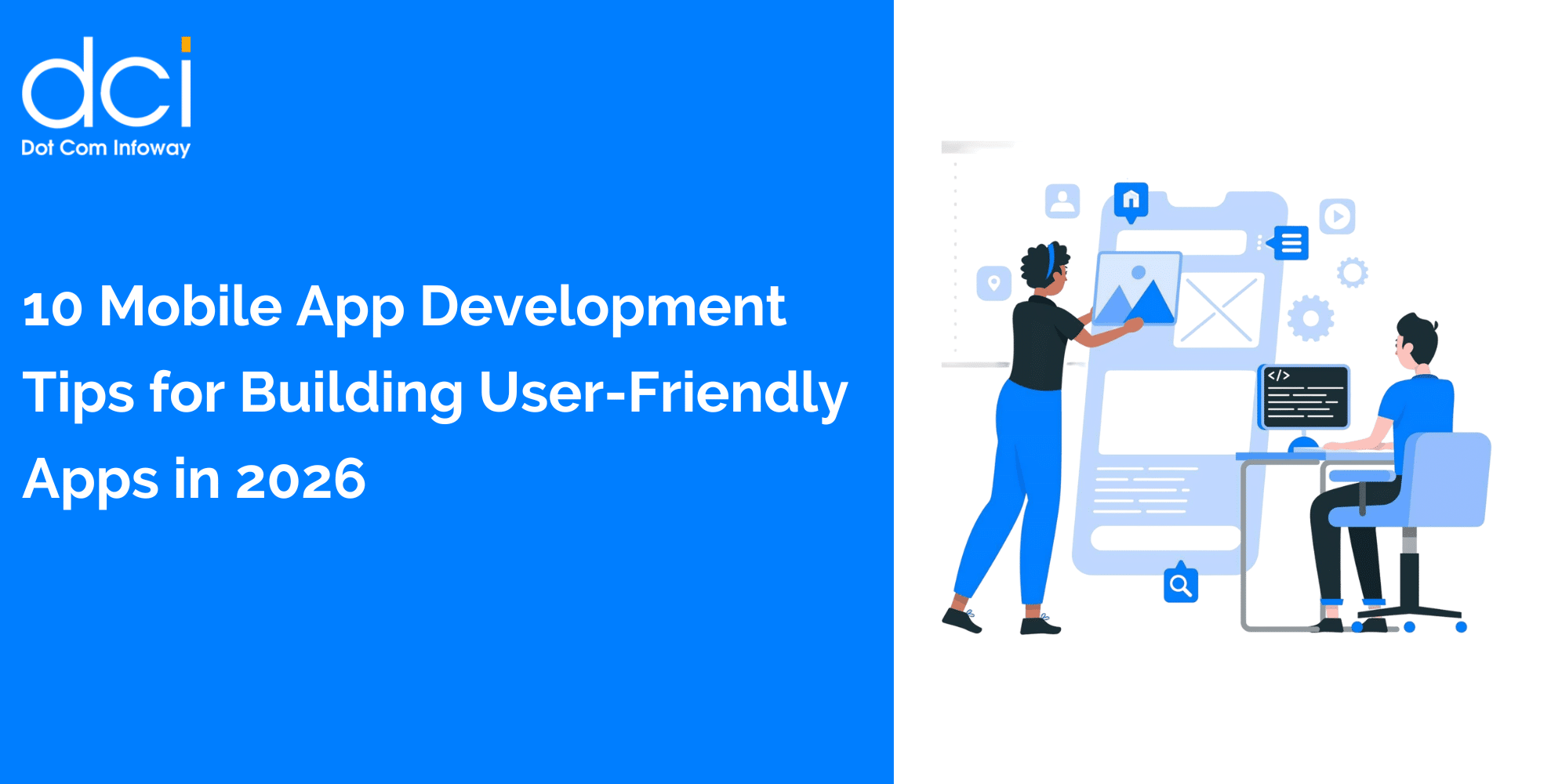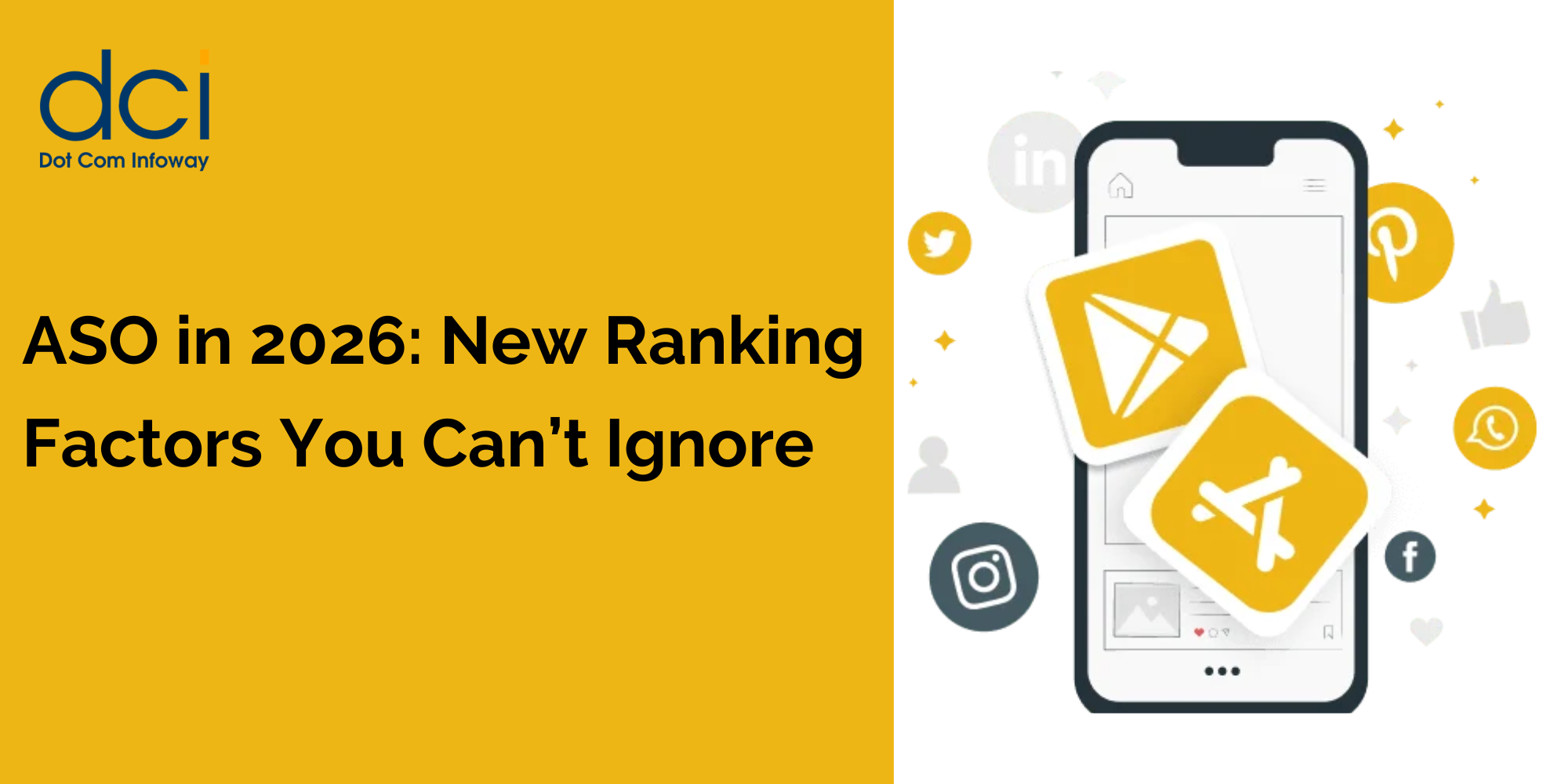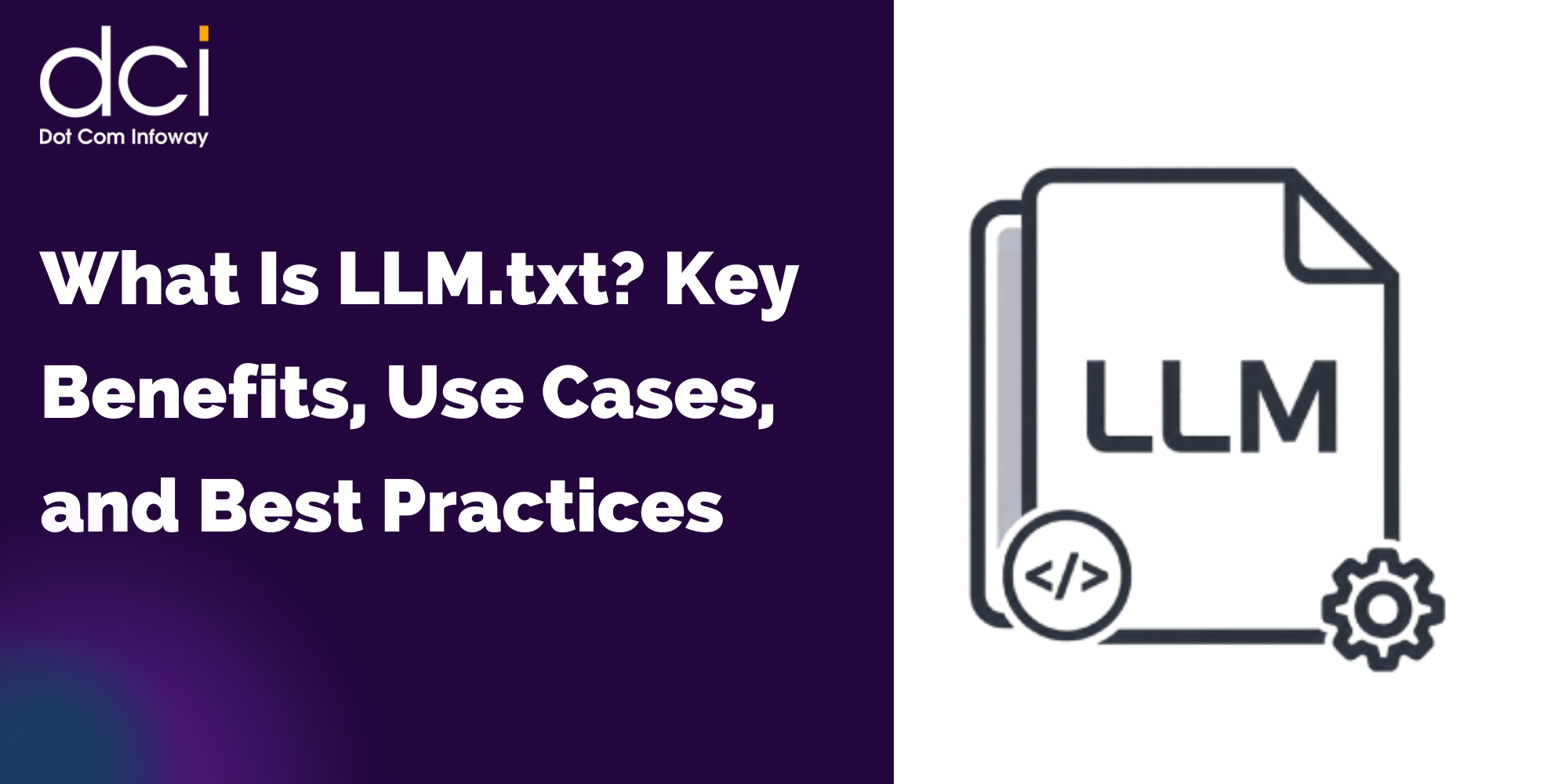Why Google?
Search Engine Market Share Worldwide:
- Google: 92.19%
- Bing: 2.61%
- Yahoo: 1.85%
- Baidu: 1.21%
- Yandex RU: 0.55%
- DuckDuckGo: 0.54%
Google Search Data
- 3.5 billion searches per day
- 40,000 queries per second
- The volume of Google searches grows by roughly 10% every year
Types of Search Results:
- Local Search
- Featured Snippet
- Organic
- Knowledge Graph Panel
Optimization for Local Search Results
“4 in 5 consumers use search engines to find local information”
1. Ensure that the site is fully mobile-friendly
- 30% of mobile searches are location-related
- 76% of local searches result in a phone call
- nine out of ten smartphone users conduct local searches on their devices
- By 2021, mobile devices will influence more than $1.4 trillion in local sales
2. Build backlinks from the relevant and high-authority local sites
3. Focus on location-specific keyword optimization
- “Near me” or “close by” type searches grew by more than 900% over two years
4. Add address on the footer with relevant Schema/Markup
5. Improve search visibility with Google My Business Listings
- 32% of people clicked on the Google maps results while rest on organic results/paid ads
- 86% of people look up the location of a business on Google Maps
Optimization for Featured Snippet Results
“Content with featured snippet gets a 2X higher %CTR”
“Though you’re not in #1 position, 70% of snippets come from sites that aren’t in the #1 position”
“8.6% of all clicks on SERP go to the snippet”
Types of Major Featured Snippets & Its Optimization
1. Paragraph
They usually answer questions that start with:
- What is…?
- Who is…?
- Where is…?
- Why is…?
Add the question in a subheading (with <h2> markup), and answer it in the text below (with <p> markup).
2. List
The contents that fits listicle format are:
- Recipes
- Guides
- How-to’s
- Step-by-step instructions
Outline the content in a list format with subheading tags (<h2>) to help Google understands the content
3. Table
This type of result is used for:
- Data points
- Pricing or rate charts
- Comparison charts
- Conversion charts
Structure the content in a table or chart format using appropriate table tags (<table>)
Semantic Optimization for Organic Results
“3.5 billion searches per day”
“15% of search queries are new to Google”
“50% of search queries are four words or longer”
Optimizing the content for collective topics that are connected, rather than single keywords:
- Choose the target keyword
- Find the semantically connected phrase to that keyword
- Use the target keyword and that semantically connected phrases in the content
- Rank for the target keyword and many related phrases
Optimization for Knowledge Graph Results
“Google is ready with 3.5 billion facts about half a million entities for appropriate search term”
- Curate and structure the content of each page with metadata
- Use schema markup for important facts on the site
- Create a Wikipedia account and update information in it
Optimization for Voice Search Results
“By 2020, up to 50 percent of all search activity will be conducted by voice”
“By 2020, 30% of web browsing sessions will be done without a screen”
1. Concentrate on Page Load Speed
The average voice SERP loads in 4.6 seconds, which is 52 percent faster than the average page.
2. Concentrate On Local Searches
- 22% of voice search queries are looking for location-based content.
- 58% of consumers use voice search to find local businesses.
3. Aim for Featured Snippets
More than 40 percent of all voice-search answers were pulled from featured snippets.
4. Use Structured Data
5. Give Importance to Q&A Contents
Optimization for Google Lens Results
“85% of Americans use at least one of six devices, programs or services that feature AI elements”
- Add strong logo on products, signage, and any other advertising media
- Optimize image with descriptive alt tags, captions, and file names
- Add more images on-site to raise the possibility of matching Google image
SEO is evolving every day. Invest your time in learning the fast-changing SEO trends to stay ahead of the competitors!
Related Articles:





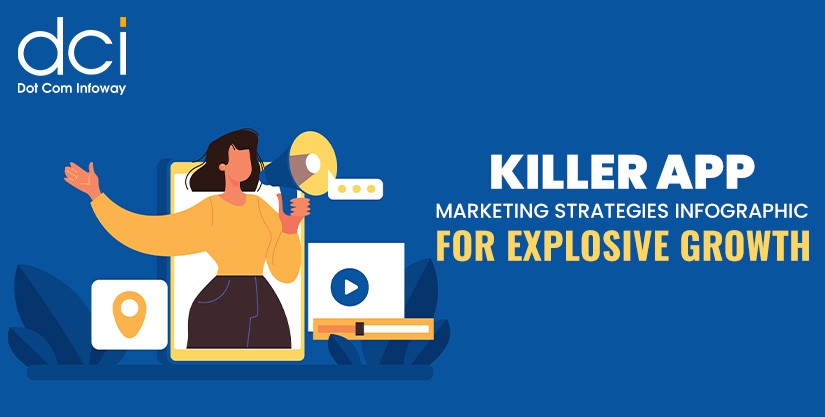

![The Game Marketing Guide: Pre and Post-Launch Strategies [Infographic]](https://www.dotcominfoway.com/wp-content/uploads/2023/09/DCI-Game-Marketing-blog-1.jpg)

